
Major League Baseball has a growing competitiveness problem.
This isn’t an in-game issue. It’s not about parity, tanking or banging garbage cans. It has nothing to do with runners on second base to begin extra innings or three-batter minimums.
It has to do with rules of how the game are structured. Whether it’s in-person pro scouting, the prospective Arizona Fall League season or the structure of the minor leagues, front office officials see a worrying trend.
Instead of allowing teams to carve their own paths and letting the free market of ideas demonstrate what works and what does not, MLB appears to be heading in the direction of a command economy, where decisions are made at the top to ensure that all teams abide by the same set of rules and structures.
It’s a one-size-fits-all approach in a sport that has long encouraged non-conformity.
Many great ideas in baseball, such as Branch Rickey’s development of a farm system and racial integration of the game, Bill Veeck’s promotions and Ewing Kauffman’s Royals Academy, have come from free-thinking iconoclasts. Now, there is a push to ensure that everyone operates identically.
The clear goal is for everyone to operate under the same rules, but the subtext is just as important. Teams that want to operate in a more efficient, i.e. cheaper, way don’t want to permit other teams to take a different, more expensive approach.
Look back at the drawn-out decisions over continuing to pay minor leaguers weekly per diems. Owners in several cases didn’t want to spend the money, but they also didn’t want to seem cheaper than their peers.
This story is from the August 2020 edition of Baseball America.
Start your 7-day Magzter GOLD free trial to access thousands of curated premium stories, and 9,000+ magazines and newspapers.
Already a subscriber ? Sign In
This story is from the August 2020 edition of Baseball America.
Start your 7-day Magzter GOLD free trial to access thousands of curated premium stories, and 9,000+ magazines and newspapers.
Already a subscriber? Sign In
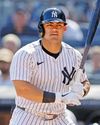
THE SERVICE TIME CONUNDRUM
MLB’s byzantine service time rules cloud rookie status and now PPI eligibility
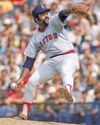
LUIS TIANT WAS MLB'S MOST SUCCESSFUL CUBAN PITCHER
On a scouting trip to Cuba in 1957, Bobby Avila discovered 16-year-old righthander Luis Tiant on the island's Juvenile League all-star team.
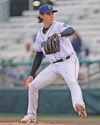
ORGANIZATION REPORT
Outfielder Heston Kjerstad's career has been unique, to say the least.
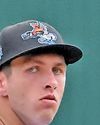
TOP 10 NL EAST
From the moment Thomas White stepped on a high school mound, he was viewed as the top lefthander available in the 2023 draft.
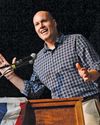
PREPARATION PAYS OFF
lowa politician J.D. Scholten makes a surprising return to pro ball at age 44
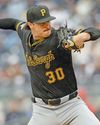
MAKING THE GRADE
Assessing the future value of graduated National League prospects
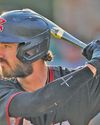
TOP 10 NL WEST
Even in high school, Bryce Eldridge could hit the ball a mile. The 6-foot-7 righthander could also touch 96 mph off the mound.
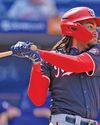
Wood Has Towering Upside- Nationals rookie James Wood also stands 6-foot-7 and also has game-changing power.
Aaron Judge and Oneil Cruz are 6-foot7 sluggers who stand out for their power in this year’s MLB Best Tools voting. Wood spent half of this season with Triple-A Rochester before making his MLB debut on July 1. While he was in the International League, he captured managers’ attention. Wood unanimously won Best Power Prospect and also claimed Most Exciting Player in a survey of league skippers. Wood hit .353/.463/.595 with 10 home runs in 52 games for Rochester. His .242 isolated slugging was the best for a player 21 or younger at Triple-A this season.
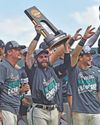
ROAD BLOCK?
Scholarship expansion puts mid-majors at a major disadvantage on the road to Omaha

ROYALS REVIVAL
A revamped and rejuvenated farm system has Kansas City ready to rebound